Advanced Search
The first version of Trinity Church was built in Maylandville in the 1850s. In 1881, as Maylandville declined, the church relocated to a new building at 42nd St. & Baltimore Ave. (pictured here), a central location for the area’s growing population.

St. James, the first Catholic church west of the Schuylkill, was built on this site, the southeast corner of 38th and Chestnut streets, in 1852. The present church, shown here in its renovated, expanded form, was erected in 1887. The church’s current name, St. Agatha–St. James Catholic Church, signifies the merger of St. Agatha and St. James parishes.
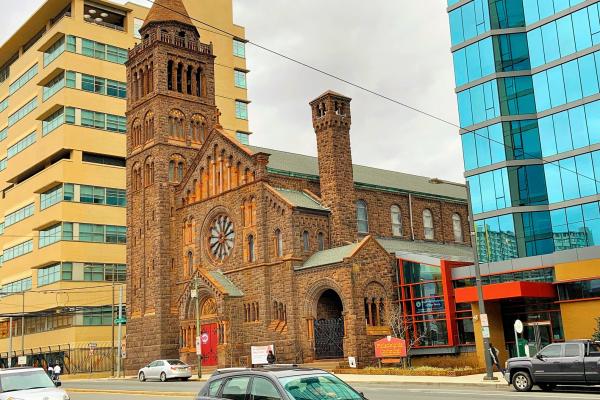
The first church on this site, 23 S. 38th St., was built in 1855 and renovated in 1898. It was destroyed by a fire in 1902 and rebuilt in its present form in 1906. Today, it is the cathedral church (the seat) of the Episcopal Diocese of Pennsylvania.
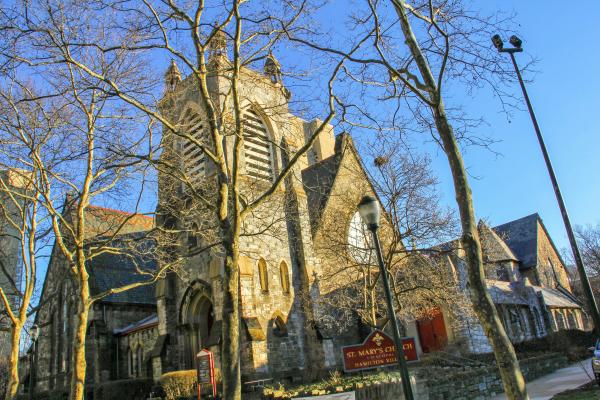
Now part of the West Campus of the University of Pennsylvania, the neo-Gothic St. Mary’s, Hamilton Village, Episcopal Church has stood on this site on the 3900 block of Locust St. since 1873. The original St. Mary’s was built on the site in 1827.
Looking backward 130 years, this vacant lot on the northeast corner of Mt. Vernon and 37th St.,in Mantua, marks the former site of the Mantua Elementary School.

Paul Robeson’s bedroom on the second floor of Marian Robeson Forsythe’s home at 4951 Walnut St.
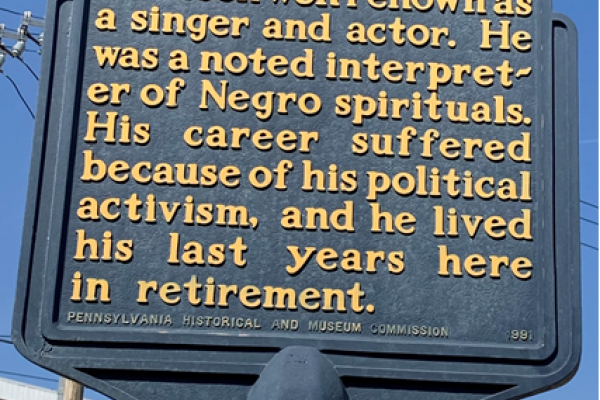
Paul Robeson’s historical marker, #991, at 4951 Walnut Street, was dedicated in 1991. The Pennsylvania Historical & Museum Commission approves and installs short, concisely worded historical markers following a careful review of documents.
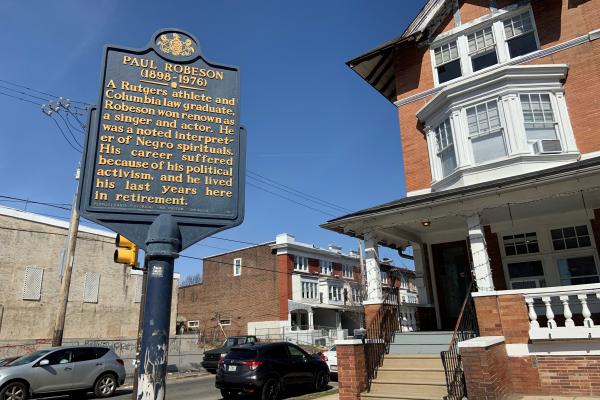
Paul Robeson lived the final decade of his remarkable life in this house at 4951 Walnut Street, where he was tended by his older sister, Marian Robeson Forsythe.

British-Hungarian director Zoltan Korda’s 1935 film Sanders of the River starred Paul Robeson as Bosambo, an educated tribal chief in colonial Nigeria; Bosambo is an ally of Sanders, the province’s colonial administrator, played by the British stage actor Leslie Banks. Contrary to Robeson’s expectations and to his chagrin, the final cut of the film played up African stereotypes.
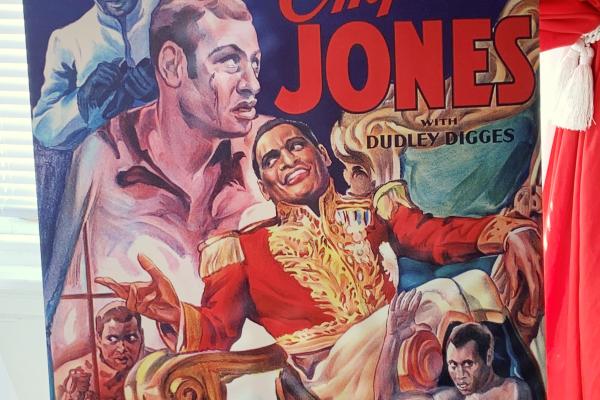
Paul Robeson showcased his acting and singing talents in the 1933 film version of Eugene O’Neil’s stage play Emperor Jones. This was the O’Neil play best suited to Robeson’s artistry.
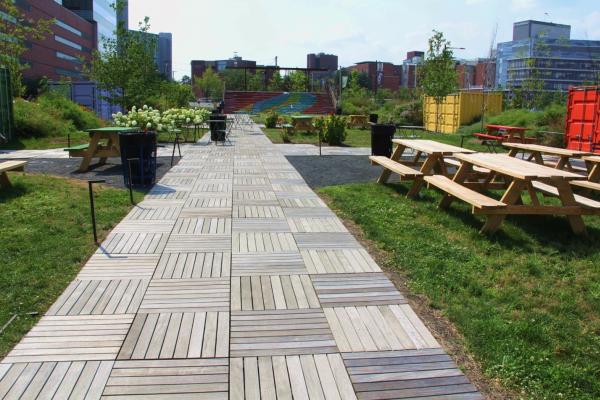
Looking west on the projected path of resurrected Cuthbert St., construction in progress July 2021, viewed from intersection with 37th St. This photo shows buildings of the University City Science Center (background left); Penn Medicine University City (far background left); temporary viewing stand (background center); Penn Presbyterian Medical Center (far background center & right).
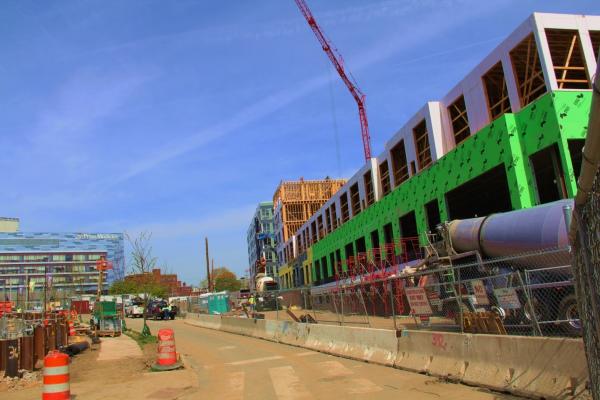
This photo shows the progress of the back side of ANOVA at uCity Square residential construction along Warren St. west of 37th, as of June 2021.